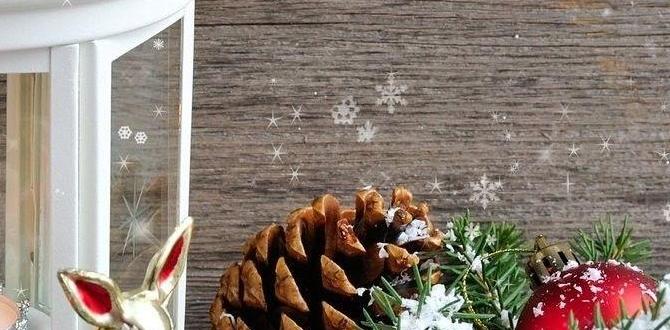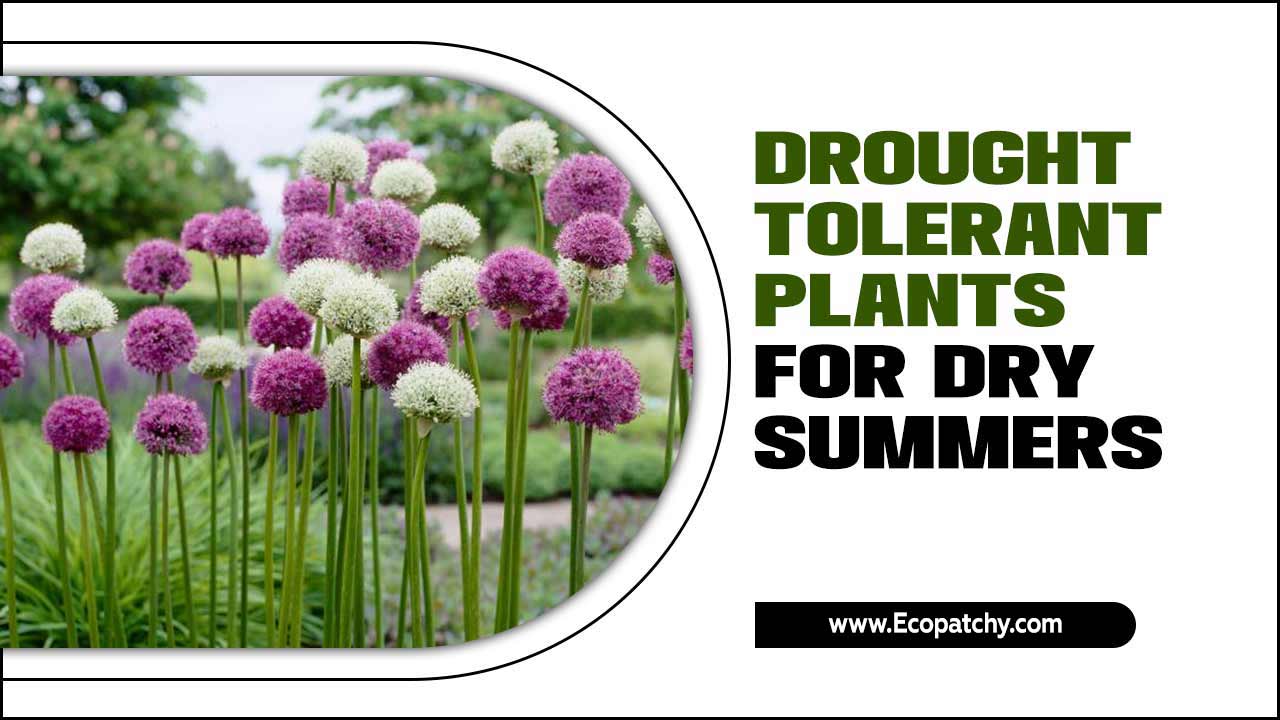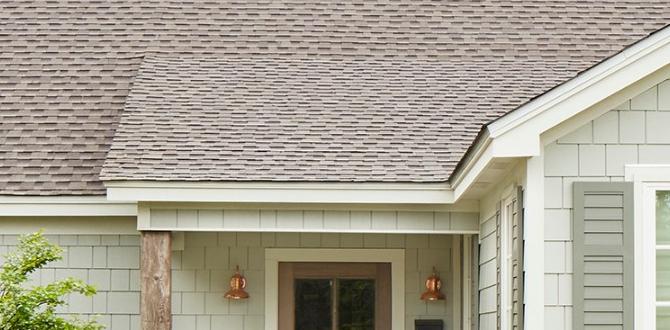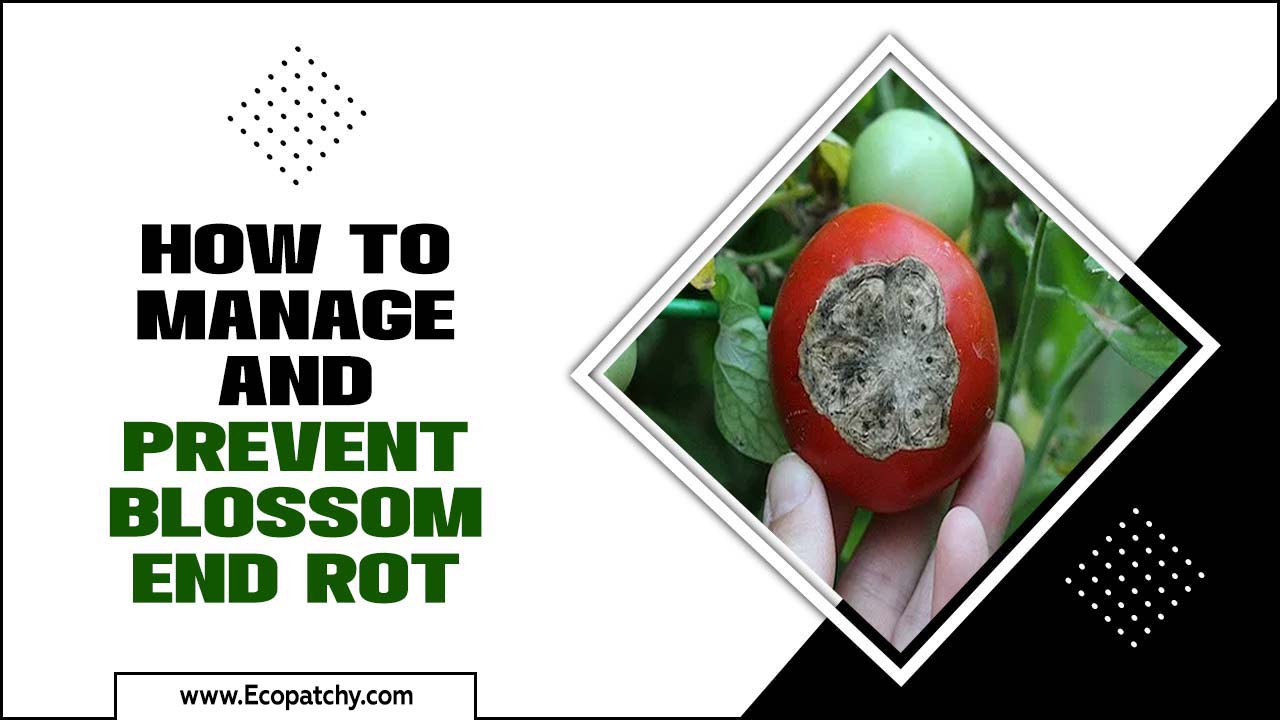Have you ever wondered how to grow fresh herbs at home? Container gardening for herbs makes it easy and fun. You don’t need a big yard or fancy tools. Just a few pots, some soil, and seeds will do!
Imagine stepping outside to snip fresh basil for your pasta or mint for your lemonade. Doesn’t that sound delightful? With container gardening, you can enjoy these fresh flavors all summer long.
Many people think herbs are hard to grow. But that’s not true at all! Some herbs can thrive in small spaces. Plus, container gardening helps you control their environment. This means more herbs and less hassle.
Let’s dive into the world of container gardening for herbs. You’ll see how simple it can be to start your own herb garden, no matter where you live!
Container Gardening For Herbs: Tips And Techniques Revealed
Container Gardening for Herbs
Container gardening for herbs is a fun and easy way to grow fresh flavors right at home. Imagine stepping outside to snip basil for your pasta or mint for your tea. You don’t need a big yard—just a sunny spot! Herbs like rosemary, chives, and parsley thrive in pots. They add beauty and delicious smells to your space. With just a few tips, anyone can become an herb gardener. Why not start your own herb garden today?Benefits of Container Gardening for Herbs
Maximizes space for herb cultivation. Provides control over soil quality and drainage.
Container gardening offers many benefits for growing herbs. It uses limited space wisely. You can fit containers on patios, balconies, or windowsills. This is great for city dwellers. Control over soil quality is another big perk. You choose the right soil for your herbs. Plus, containers help with drainage. Good drainage keeps roots healthy and prevents overwatering. These benefits make herb gardening easy and fun!
What are the key benefits of container gardening for herbs?
Container gardening maximizes space and gives control over soil and drainage.
Why should I choose container gardening?
- Fits into small areas.
- Allows soil customization.
- Improves drainage.
Choosing the Right Containers
Types of materials suitable for herb containers. Size considerations for optimal growth.
Picking the right containers for your herbs is like choosing the best lunchbox! Materials such as plastic, terracotta, and ceramic work well. Each material has its strengths. For example, terracotta breathes well but may crack in cold. Size matters too—most herbs need at least 6 to 12 inches of space to grow. Think of it as their personal “apartment.” Too cramped, and they’ll feel like they’re living in a tiny studio! Here’s a quick guide:
| Material | Pros | Cons |
|---|---|---|
| Plastic | Light and affordable | Can fade in sunlight |
| Terracotta | Great air circulation | Can crack easily |
| Ceramic | Attractive designs | Heavy and expensive |
Keep these tips in mind, and you’ll have your very own herb paradise. Your plants will thank you—probably by growing a bit faster and maybe throwing a party!
Best Herbs for Container Gardening
Popular herbs that thrive in containers. Seasonal herbs and their growth requirements.Growing herbs in containers is fun and easy! You can choose from popular favorites like basil, parsley, and mint. These herbs love sunshine and need well-drained soil. Some herbs, like cilantro, prefer cooler weather while others, like oregano, thrive in heat.
Here’s a quick look at some great herbs for your container garden:
| Herb | Season | Sunlight |
|---|---|---|
| Basil | Warm | 6-8 hours |
| Parsley | Cool | 4-6 hours |
| Mint | Warm/Cool | Full sun |
| Cilantro | Cool | 5-6 hours |
| Oregano | Warm | 6-8 hours |
Containers let you control soil and moisture, making it easier to grow. Happy herb gardening!
Soil and Fertilization Tips
Recommended soil types for container herbs. Organic vs. synthetic fertilizers: What to choose.
For growing herbs in containers, the right soil is key. A mix of potting soil and compost works best. This ensures good drainage and nutrition. You can choose between organic and synthetic fertilizers. Organic options are safer for the environment and plants. They include compost and fish emulsion. Synthetic fertilizers often show quick results but can harm soil health. Choose what works for you!
What type of soil is best for container herbs?
A good soil mix includes potting soil and compost. This allows herbs to thrive and grow well.
Organic vs. Synthetic Fertilizers:
- Organic: Safer for our planet; helps keep soil healthy.
- Synthetic: Quick results, but may harm soil if used too much.
Watering Techniques and Schedule
Ideal watering practices for container herbs. Signs of overwatering or underwatering.Watering your container herbs is key to their growth. Make sure to water deeply but not too often.
Here are some tips for successful watering:
- Check the soil moisture. Stick your finger in the soil. If it feels dry an inch down, it’s time to water.
- Use containers with drainage holes. This helps prevent water from pooling at the bottom.
- Water in the morning. This allows plants to absorb moisture before the heat of the day.
If you notice yellow leaves or wilting, you might be overwatering. On the other hand, if your herbs look dry and crispy, they need more water. The goal is to keep the soil moist but not soggy.
What are some signs of overwatering or underwatering herbs?
Overwatering causes yellow leaves and root rot, while underwatering leads to wilting and dry leaves.
Location and Sunlight Requirements
How to assess the best spot for your herbs. Sunlight needs for different types of herbs.
Finding the right spot for your herbs is like playing hide and seek. First, pick a place that gets plenty of sunlight. Most herbs need about 6-8 hours of sunlight daily. Check the area throughout the day to see how the sun moves. Don’t forget to watch out for shade-giving trees or tall buildings! Here’s a handy chart to help:
| Herb | Sunlight Needed |
|---|---|
| Basil | Full sun (6-8 hours) |
| Parsley | Partial sun (4-6 hours) |
| Mint | Partial shade (3-4 hours) |
Your herbs will thank you for a sunny spot. They’re like little sunbathers, soaking up rays. So, keep your herbs happy and healthy by choosing just the right location!
Pest and Disease Management
Common pests affecting container herbs. Organic methods for pest and disease control.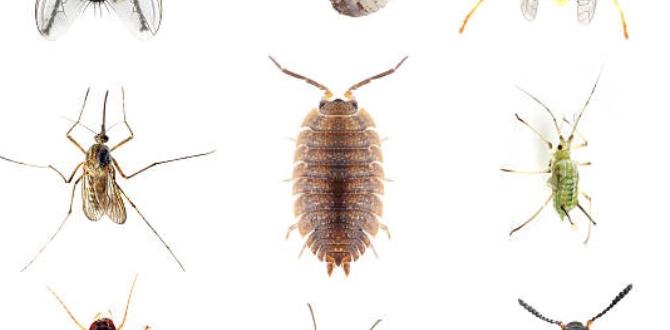
Pests can ruin your container herbs. Some common ones include aphids, whiteflies, and spider mites. They suck the juice from your plants, making them weak. To control pests, use organic methods. You can try:
- Neem oil: It suffocates and repels bugs.
- Insecticidal soap: It kills pests on contact.
- Companion planting: Use plants that protect each other.
These methods are safe for your herbs and the environment. Always check your plants regularly for signs of trouble.
What are the simple ways to protect container herbs from pests?
To protect your herbs, maintain a clean garden space. Remove dead leaves and weeds that can hide pests. Regularly check for tiny bugs to catch them early.
Harvesting and Maintenance
Best practices for harvesting herbs without harming the plant. Regular maintenance tips for healthy growth.Picking herbs can feel like a treasure hunt! To keep your plants happy, clip leaves from the top in a way that lets them grow back stronger. Avoid taking too many at once—no herb-hoarding allowed! For healthy growth, check the soil regularly. Water only when it feels dry, and give them a little food every month. Remember, happy herbs make happy cooks!
| Maintenance Tip | Best Practice |
|---|---|
| Watering | Only when dry to the touch |
| Harvesting | Clip from the top sparingly |
| Feeding | Once a month with mild fertilizer |
Creative Ideas for Designing Your Herb Garden
Aesthetic container arrangements for home or patio. Vertical gardening options for limited spaces.
Sprucing up your herb garden can be both fun and creative. Try using colorful containers like old boots or teacups—they add charm and laughter! If space is tight, think about vertical gardening. You can stack pots on shelves or hang them on walls. It saves space and makes your garden look like a mini jungle! Herbs like basil and mint love these cozy spots. With a little imagination, your herb garden can shine on your home or patio!
| Container Ideas | Vertical Gardening Options |
|---|---|
| Old boots | Stacked Pots |
| Teacups | Hanging Baskets |
| Repurposed jars | Wall-mounted Planters |
Harvesting and Using Your Homegrown Herbs
Ways to store and preserve herbs. Cooking and recipe ideas featuring fresh herbs.Once your herbs are ready to pick, make good use of them! You can store herbs by drying, freezing, or making herb oils. Dried herbs can last for months in a cool, dark place. Fresh herbs add flavor to dishes, like pasta, salads, or soups. Try adding basil to tomato sauce or using cilantro on tacos. Get creative and explore new recipes!
How can I store my herbs?
You can store herbs easily. Here are some tips:
- Drying: Hang herbs in bundles upside down.
- Freezing: Chop herbs and freeze in ice cube trays with water.
- Herb Oils: Blend herbs in oil and bottle them.
Using your homegrown herbs adds fun to your meals! Enjoy the tasty results of your hard work in container gardening.
Conclusion
In conclusion, container gardening for herbs is a fun and easy way to grow fresh flavors at home. You can start with simple herbs like basil and mint. Remember to choose the right containers and soil. Check on your plants regularly! You can learn more by reading gardening books or online guides. Let’s get growing!FAQs
Sure! Here Are Five Related Questions On The Topic Of Container Gardening For Herbs:Sure! Here are five questions about container gardening for herbs: 1. What are some easy herbs to grow in containers? 2. How much sunlight do herbs need? 3. What kind of soil should I use? 4. How often should I water my herbs? 5. Can I grow herbs indoors? Container gardening is fun and easy!
Sure! Just give me the question you want me to answer, and I’ll help you with it!
What Types Of Herbs Are Best Suited For Container Gardening?If you want to grow herbs in pots, some great choices are basil, parsley, and mint. These plants don’t need a lot of space and grow well in containers. You can also try chives and cilantro, as they are easy to take care of. Just make sure your pots have holes at the bottom for water to drain. Happy gardening!
How Do I Choose The Right Containers For Growing Herbs?To choose the right containers for growing herbs, pick pots that are at least 6 inches deep. Make sure they have holes at the bottom for water to drain. You can use plastic, clay, or metal pots; just pick what you like. Choose a size based on how many herbs you want to grow. Remember, herbs need space to spread out and grow healthy!
What Soil Mixture Is Recommended For Optimal Growth Of Container-Grown Herbs?For the best growth of container-grown herbs, you should use a soil mix that is light and well-draining. A good mixture is equal parts potting soil, perlite, and compost. Potting soil provides nutrients, perlite helps with drainage, and compost adds vitamins for plants. This mix keeps your herbs healthy and happy!
How Often Should I Water My Herbs In Containers, And What Are The Signs Of Overwatering?You should water your herbs in containers when the top inch of soil feels dry. This usually means watering once or twice a week. Signs of overwatering include yellow leaves, wilting, or mushy stems. If you see these signs, let the soil dry out before watering again.
What Are Some Common Pests And Diseases That Can Affect Container-Grown Herbs, And How Can I Manage Them?Common pests for container-grown herbs include aphids and spider mites. You can see aphids as tiny green bugs. Spider mites look like little dots and can leave webbing on leaves. To manage them, check your plants often and wash them with water. You can also use insect soap if the problem gets worse. Diseases like root rot can happen if your herbs get too much water. To prevent this, make sure your pots have holes for draining. Always water your plants when the soil feels dry. Keeping your herbs healthy will help keep pests and diseases away!
{“@context”:”https://schema.org”,”@type”: “FAQPage”,”mainEntity”:[{“@type”: “Question”,”name”: “Sure! Here Are Five Related Questions On The Topic Of Container Gardening For Herbs:”,”acceptedAnswer”: {“@type”: “Answer”,”text”: “Sure! Here are five questions about container gardening for herbs: 1. What are some easy herbs to grow in containers? 2. How much sunlight do herbs need? 3. What kind of soil should I use? 4. How often should I water my herbs? 5. Can I grow herbs indoors? Container gardening is fun and easy!”}},{“@type”: “Question”,”name”: “”,”acceptedAnswer”: {“@type”: “Answer”,”text”: “Sure! Just give me the question you want me to answer, and I’ll help you with it!”}},{“@type”: “Question”,”name”: “What Types Of Herbs Are Best Suited For Container Gardening?”,”acceptedAnswer”: {“@type”: “Answer”,”text”: “If you want to grow herbs in pots, some great choices are basil, parsley, and mint. These plants don’t need a lot of space and grow well in containers. You can also try chives and cilantro, as they are easy to take care of. Just make sure your pots have holes at the bottom for water to drain. Happy gardening!”}},{“@type”: “Question”,”name”: “How Do I Choose The Right Containers For Growing Herbs?”,”acceptedAnswer”: {“@type”: “Answer”,”text”: “To choose the right containers for growing herbs, pick pots that are at least 6 inches deep. Make sure they have holes at the bottom for water to drain. You can use plastic, clay, or metal pots; just pick what you like. Choose a size based on how many herbs you want to grow. Remember, herbs need space to spread out and grow healthy!”}},{“@type”: “Question”,”name”: “What Soil Mixture Is Recommended For Optimal Growth Of Container-Grown Herbs?”,”acceptedAnswer”: {“@type”: “Answer”,”text”: “For the best growth of container-grown herbs, you should use a soil mix that is light and well-draining. A good mixture is equal parts potting soil, perlite, and compost. Potting soil provides nutrients, perlite helps with drainage, and compost adds vitamins for plants. This mix keeps your herbs healthy and happy!”}},{“@type”: “Question”,”name”: “How Often Should I Water My Herbs In Containers, And What Are The Signs Of Overwatering?”,”acceptedAnswer”: {“@type”: “Answer”,”text”: “You should water your herbs in containers when the top inch of soil feels dry. This usually means watering once or twice a week. Signs of overwatering include yellow leaves, wilting, or mushy stems. If you see these signs, let the soil dry out before watering again.”}},{“@type”: “Question”,”name”: “What Are Some Common Pests And Diseases That Can Affect Container-Grown Herbs, And How Can I Manage Them?”,”acceptedAnswer”: {“@type”: “Answer”,”text”: “Common pests for container-grown herbs include aphids and spider mites. You can see aphids as tiny green bugs. Spider mites look like little dots and can leave webbing on leaves. To manage them, check your plants often and wash them with water. You can also use insect soap if the problem gets worse. Diseases like root rot can happen if your herbs get too much water. To prevent this, make sure your pots have holes for draining. Always water your plants when the soil feels dry. Keeping your herbs healthy will help keep pests and diseases away!”}}]}
